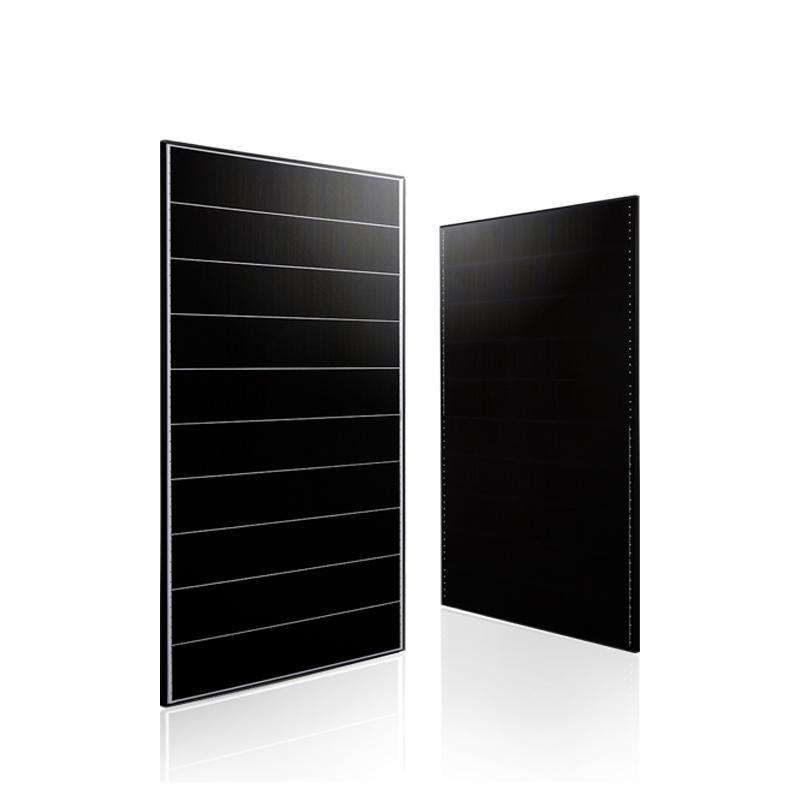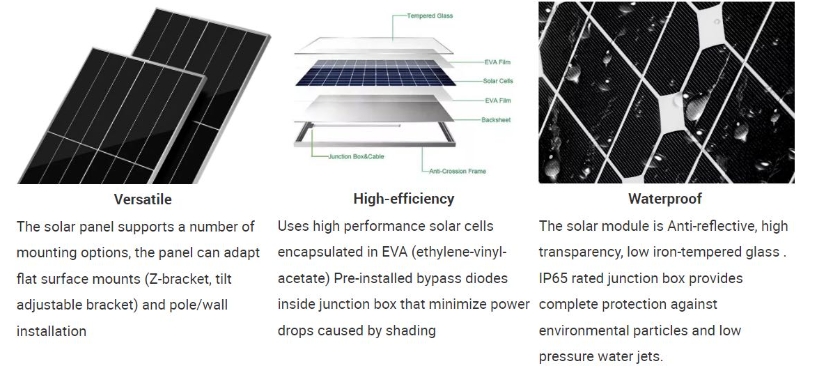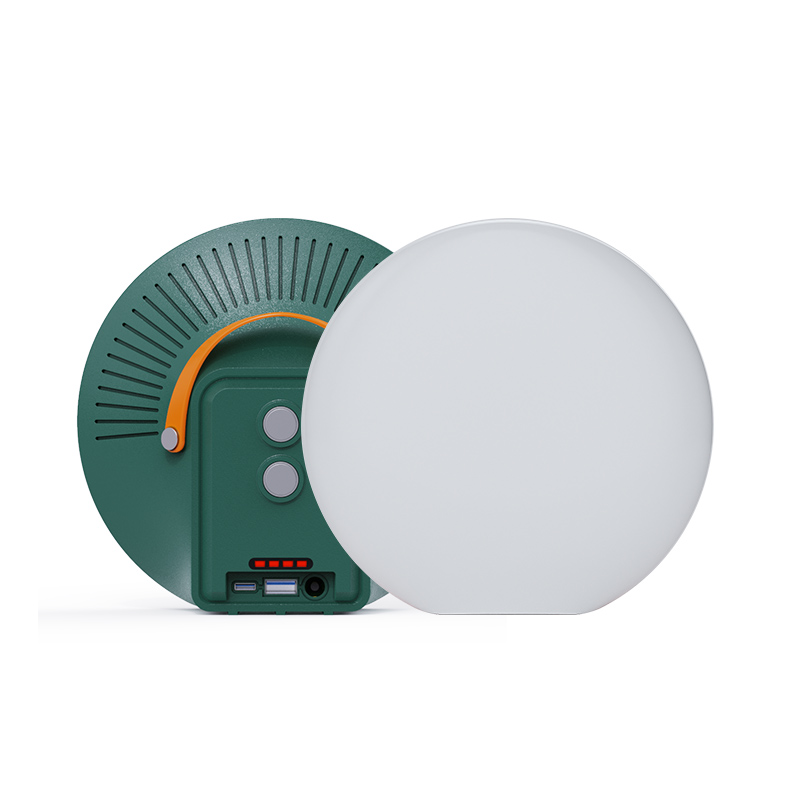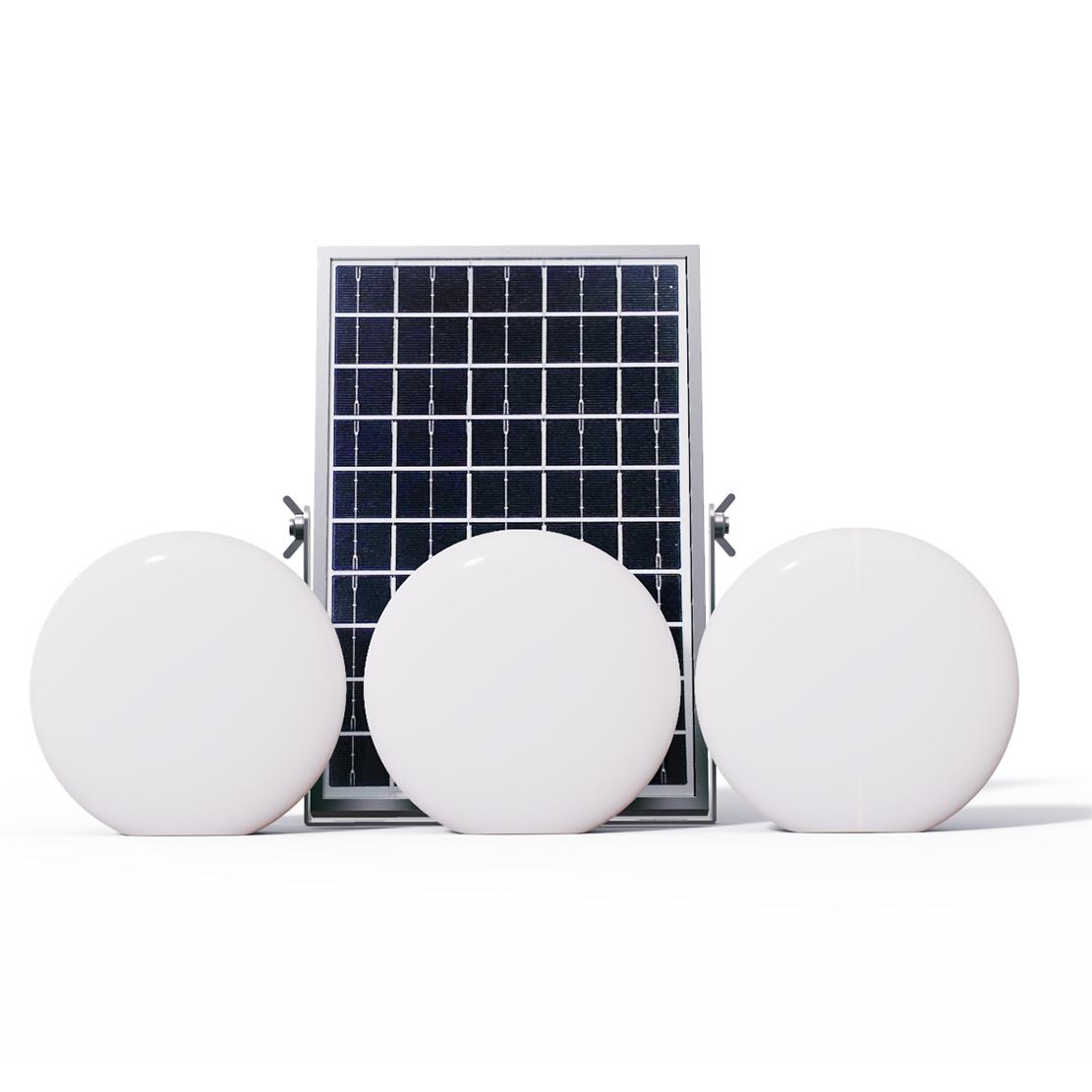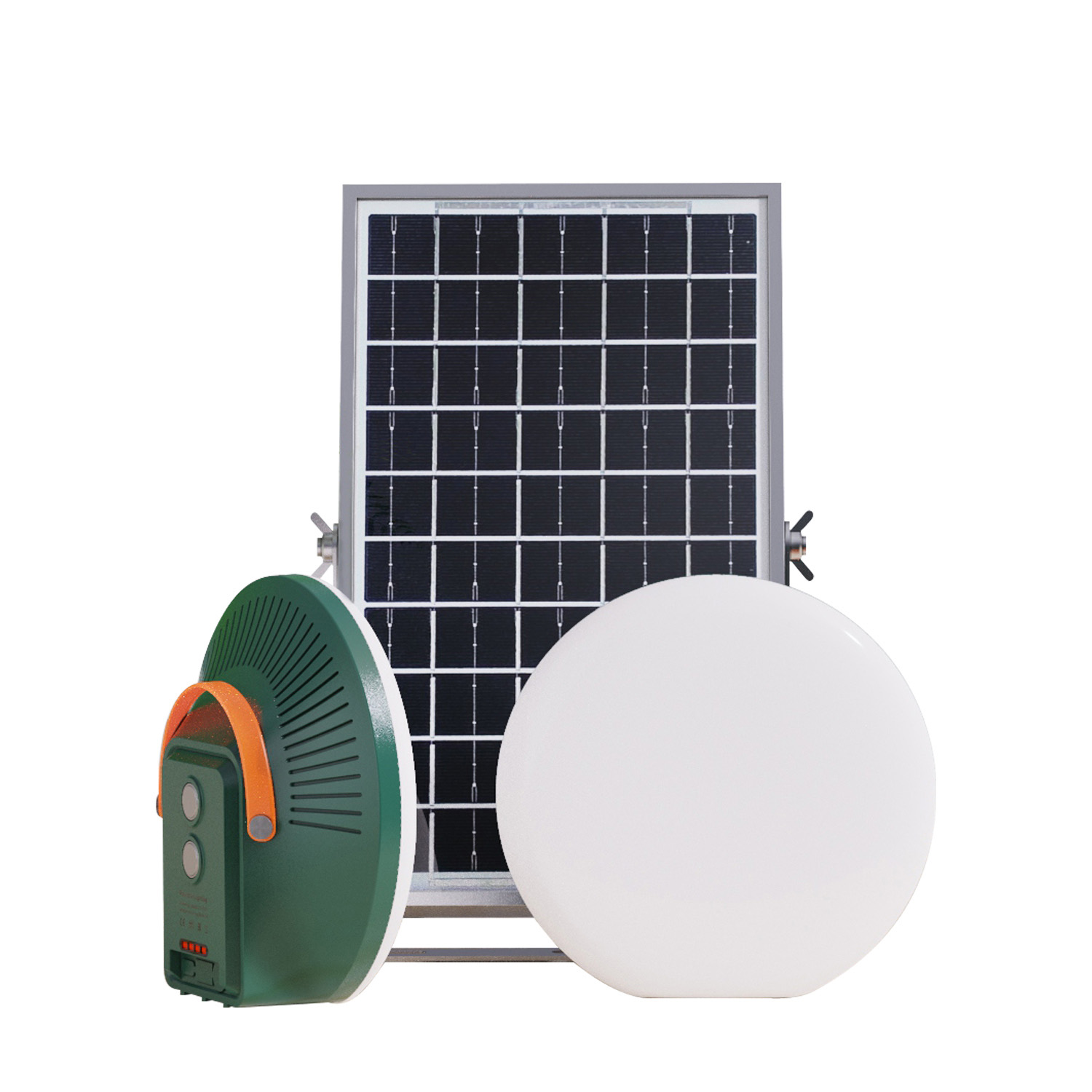In the rapidly evolving world of renewable energy, photovoltaic modules are at the forefront of sustainable solutions. Did you know that the global solar photovoltaic market is expected to reach a staggering $223.3 billion by 2026? This growth highlights the increasing reliance on solar energy, making it crucial for buyers to understand the key features of photovoltaic modules. This article will explore the essential aspects to consider when selecting photovoltaic modules, ensuring you make an informed decision that aligns with your energy needs.
1. Efficiency Ratings
Efficiency is a critical factor in determining the performance of photovoltaic modules. It refers to the percentage of sunlight that can be converted into usable electricity. Higher efficiency ratings mean more energy production from the same amount of sunlight, which is particularly important for limited roof space.
* Monocrystalline panels typically offer the highest efficiency, often exceeding 20%.
* Polycrystalline panels are slightly less efficient, usually ranging between 15-20%.
* Thin-film panels are generally the least efficient but can be advantageous in specific applications due to their lightweight and flexible nature.
When evaluating photovoltaic modules, prioritize those with higher efficiency ratings to maximize your energy output.
2. Durability and Warranty
The durability of photovoltaic modules is essential for long-term performance. Look for modules that come with robust warranties, typically ranging from 10 to 25 years. A longer warranty often indicates a manufacturer's confidence in their product's longevity and performance.
* Weather Resistance: Ensure the modules can withstand harsh weather conditions, including hail, snow, and high winds.
* Corrosion Resistance: Modules should be resistant to corrosion, especially in coastal areas where salt can be a significant issue.
Choosing durable photovoltaic modules not only ensures longevity but also protects your investment over time.
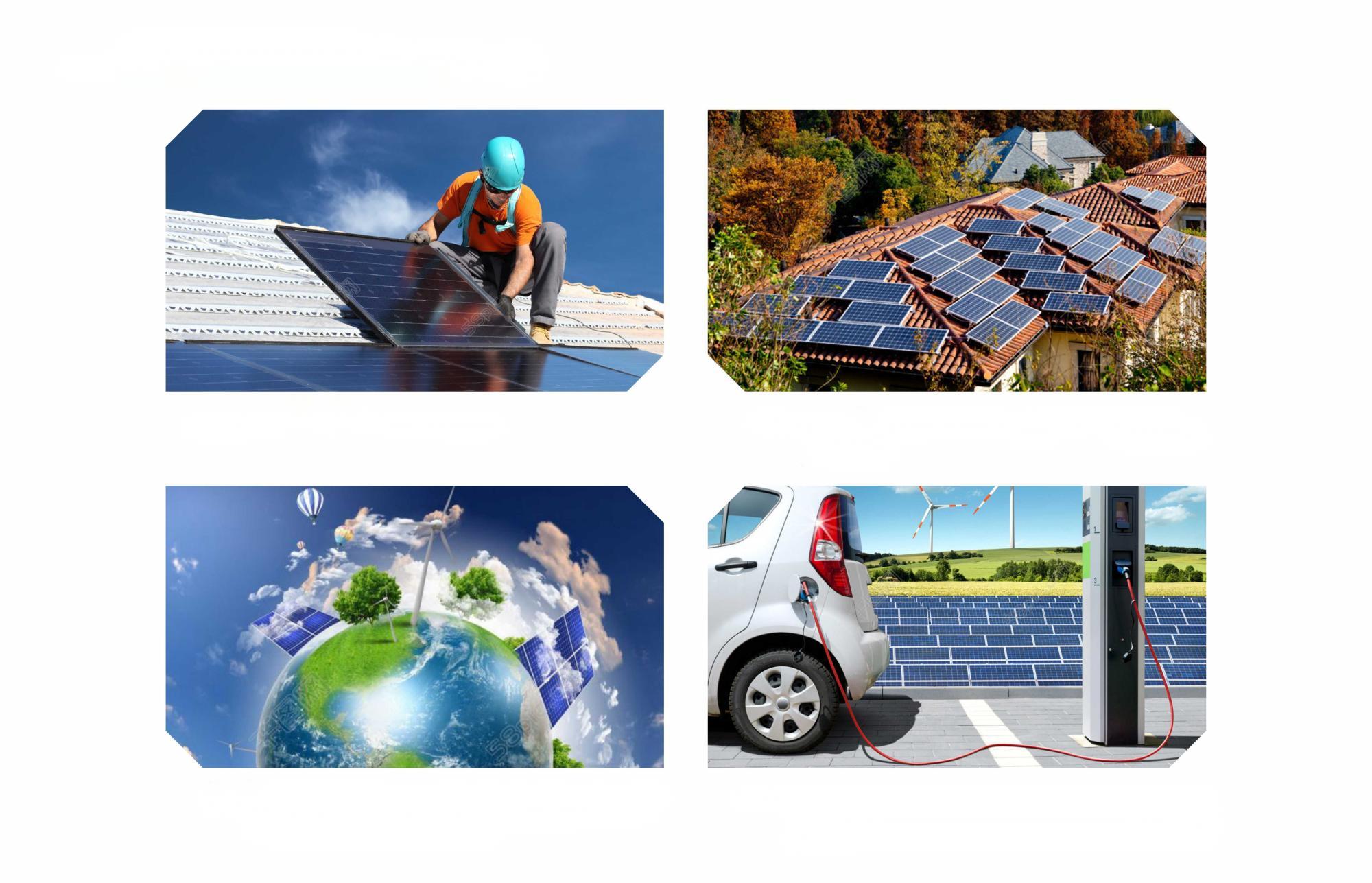
3. Temperature Coefficient
The temperature coefficient measures how much a photovoltaic module's efficiency decreases as temperatures rise. This is particularly important in warmer climates where high temperatures can lead to significant efficiency losses.
A lower temperature coefficient indicates better performance in hot conditions. Look for modules with a temperature coefficient of -0.3%/°C or lower to ensure optimal performance during peak temperatures.
Understanding the temperature coefficient can help you select modules that will perform reliably regardless of environmental conditions.
4. Aesthetic Design
While functionality is paramount, the aesthetic design of photovoltaic modules should not be overlooked. Many homeowners prefer sleek, modern designs that blend seamlessly with their roofs.
* Color Options: Some manufacturers offer black or dark blue modules that can enhance the visual appeal of your home.
* Integrated Solutions: Consider photovoltaic modules that integrate with roofing materials for a more streamlined appearance.
Aesthetically pleasing photovoltaic modules can enhance your property's value while providing the necessary energy solutions.
5. Certifications and Standards
When selecting photovoltaic modules, ensure they meet international standards and certifications. Look for modules that have been tested and certified by recognized organizations, such as:
* IEC (International Electrotechnical Commission): Ensures modules meet safety and performance standards.
* UL (Underwriters Laboratories): Certifies the safety of solar products.
These certifications not only guarantee quality but also provide peace of mind regarding the reliability of your photovoltaic modules.
6. Cost and Return on Investment
Finally, consider the cost of photovoltaic modules in relation to their performance and lifespan. While it may be tempting to choose the cheapest option, it's essential to evaluate the long-term return on investment (ROI).
* Initial Costs: Compare the upfront costs of different modules, including installation.
* Energy Savings: Calculate potential energy savings over time based on the module's efficiency and your energy consumption patterns.
Investing in high-quality photovoltaic modules may involve a higher initial cost, but the long-term savings and benefits can outweigh the upfront expenditure.
Introducing GR Photovoltaic Modules
At GR, we are proud to offer our Shingled Mono 400W Module (Model: GR400W), designed to meet the highest standards of durability and efficiency. Our photovoltaic modules are engineered to withstand extreme environmental conditions, making them ideal for various applications.
Key features of the GR400W include:
- * High Efficiency: With 210 solar cells, our module ensures superior power generation performance, even in shaded conditions. The innovative design significantly reduces power loss caused by shadow occlusion.
- * Durability: Our modules are resistant to high salt mist and ammonia, ensuring longevity in diverse climates. They are certified to withstand mechanical loads of up to 2400 Pascal for wind and 5400 Pascal for snow.
- * Reduced Hot Spot Loss: The GR400W module features enhanced resistance to hot spots, which minimizes internal current and prevents temperature rises that can affect performance.
- * PID Resistance: Our optimized mass-production process guarantees excellent anti-PID performance, ensuring your investment remains effective over time.
- * Versatile Installation Options: The GR400W supports various mounting solutions, including flat surface mounts and pole or wall installations, catering to your specific needs.
- * Waterproof Design: With an IP65-rated junction box and anti-reflective, high-transparency tempered glass, our modules provide complete protection against environmental particles and low-pressure water jets.
With a 0.55% annual power degradation and a 25-year linear power warranty, the GR400W module promises a longer lifespan and reliable power yield, making it a smart investment for your energy needs.
Conclusion
Selecting the right photovoltaic module involves careful consideration of various factors, including efficiency, durability, temperature coefficient, aesthetic design, certifications, and cost. By focusing on these key features, you can ensure that your investment in photovoltaic modules aligns with your energy needs and sustainability goals.
For more information on photovoltaic solutions, please click and explore our range of high-quality photovoltaic modules. Together with GR Solar - harness the power of the sun to create a sustainable future!

